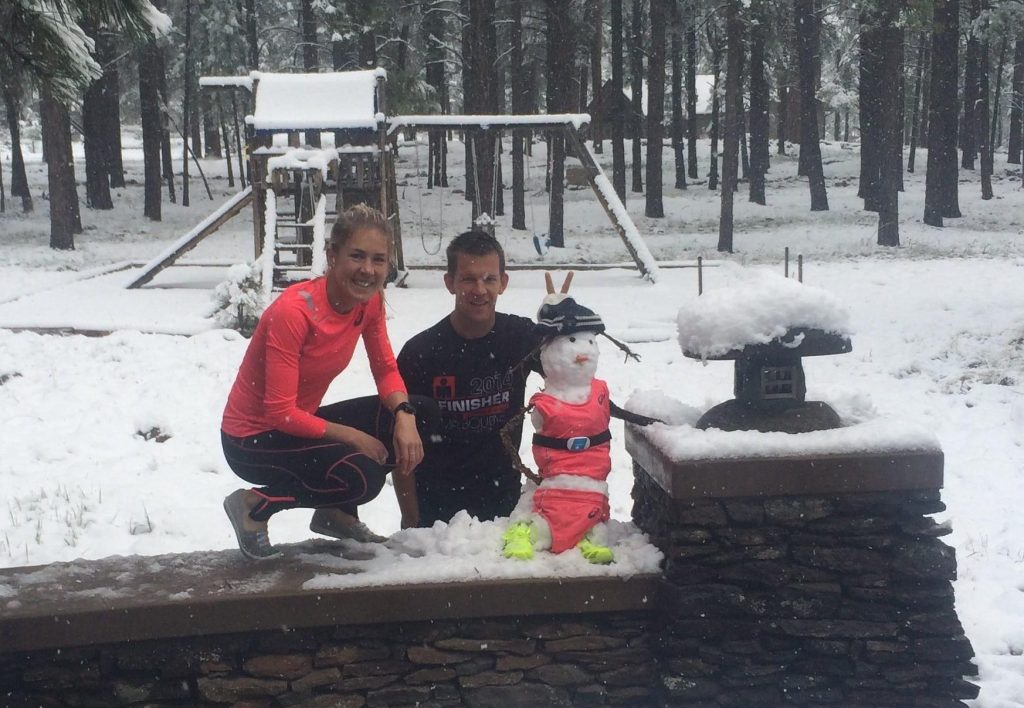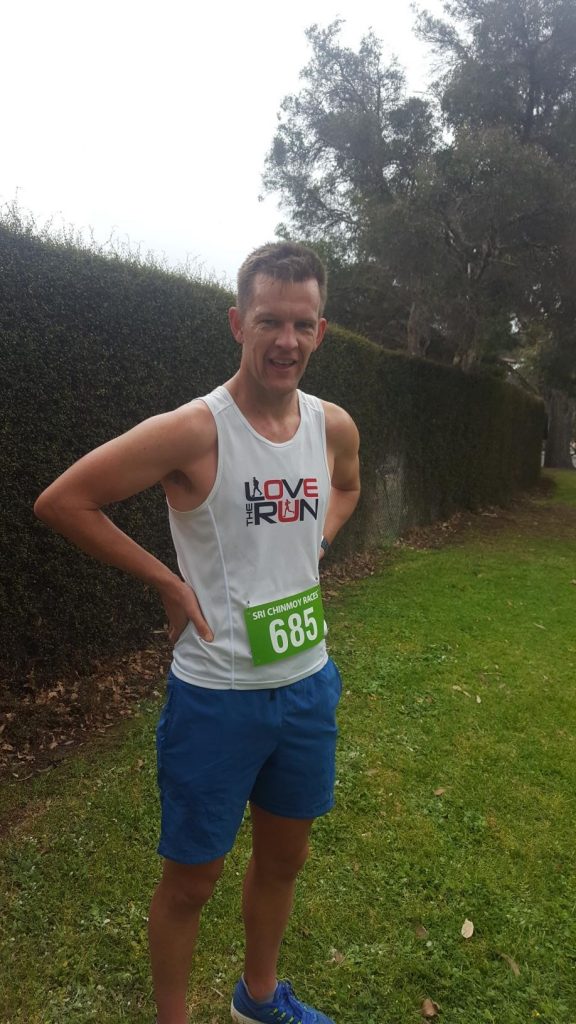Authored by Aidan Rich, APA Sports and Exercise Physiotherapist at Lifecare Ashburton Sports Medicine
With winter drawing to a close and the days lengthening in Melbourne it means one thing for the town’s runners – the Melbourne Marathon is on the way!
Held every year since 1978, the event has been held over a variety of courses but now finishes in the iconic MCG.
Event day also sees other run options, including half marathon, 10km and 5km events.
Aidan Rich, Sports and Exercise Physiotherapist at Lifecare Ashburton Sports Medicine, has a special interest in running and athletics.
He has worked alongside some of Australia’s elite runners both locally and internationally.
A marathon is an event not to be taken lightly – 42.2 km is a very long way whether you are marathon world record holder, Eliud Kipchoge trying to go ‘sub-2’ or a ‘weekend warrior’ trying to just get finished.
Below are some tips and advice from Aidan to make sure you get to the starting line in one piece and ready to race!
1. Start training early!
It’s a much safer way to approach a long event compared to a 12-week, ‘zero to hero’ program.
If you can be running 3-4 times per week for several months, this gives an ideal springboard to undertake some more training in the last few months before the big day
2. Try to find a running buddy (or buddies)!
Running is a lot easier when you have some company, particularly if you are both training for the same event.
Melbourne has many recreational running groups – a quick google search will show some options near you.
I can recommend Campbell Maffett’s Love the run group who train at Collingwood on Monday and at the old Olympic Park stadium on a Thursday.
3. Utilise cross-training
Running is an impact sport and it takes time to build up a tolerance to running a high volume each week.
Cycling, elliptical cross trainer, or even swimming are good ways of developing your aerobic (oxygen-dependent) fitness which is crucial for any distance events.
4. Run often (but not too often!)
Running LESS than twice per week or MORE than 5 times per week is associated with a higher risk of injury.
Elite runners will run more often (up to 12 runs and 160 km per week) however it takes many years to be able to develop that tolerance.
Two-time Olympian Jessica Trengove (pictured here working on her snowman building) may run up to 160km per week when in peak training, however, it may take many years to develop the capacity to tolerate this training load.

5. Vary the speed and terrain
Runners who run at the same pace and on the same terrain (e.g. flat vs undulating vs hilly; trail vs path vs road) are more likely to get injured.
Choose varying courses for your runs. This keeps things interesting and also allows different adaptations to muscles, joints and tendons.
6. Footwear
It’s difficult to give generic footwear advice, however, comfort is very important with footwear selection, if shoes are intuitively comfortable when first worn, this is a good sign they may be a good shoe for you.
Once you’re found a pair of shoes that work for you, stick with them!
Regular runners should continue buying two pairs of shoes and alternating shoes if running consecutive days to allow the foam in the shoes to completely recover.
Some people have foot mechanics that place them at higher risk of developing some overuse conditions, such as kneecap (or patellofemoral) pain.
In these situations, athletes may benefit from the assessment from a regarding footwear choice, off-shelf or even custom orthotic prescription.
7. Hydration
This has been a controversial topic since the introduction of sports drinks such as Gatorade, in the 1960s.
For many years, advice for hydration included messages such as drink even if you are not thirsty and any dehydration will affect your performance, and athletes were encouraged to drink 750-1,000ml or more of water an hour, even when competing at a low pace and in cool temperatures.
Advice such as this led to the development of ‘exercise associated hyponatraemia’ – also known as ‘water intoxication’, a condition characterised by low blood sodium, weight gain (due to increased water absorption) and occasionally more severe symptoms such as nausea, headache, brain swelling, and in over 70 occasions, death.
I’d recommend Waterlogged by Tim Noakes if you have an interest in this area.
Thankfully recommendations have changed for the better and even sports drink companies have changed their advice.
Drink to thirst is now a common message and will be adequate for many marathoners, although some research suggests thirst is not a fool proof mechanism, particularly for some populations and also in very long, hot events.
Thankfully the Melbourne Marathon is generally conducted in the cool of the day and extreme temperatures are uncommon.
About the author
Aidan Rich is an APA Sports and Exercise Physiotherapist at Lifecare Ashburton Sports Medicine.
Aidan has a keen interest in all sports medicine conditions and is a keen runner himself with a half marathon personal best of 1 hour 18 minutes.


